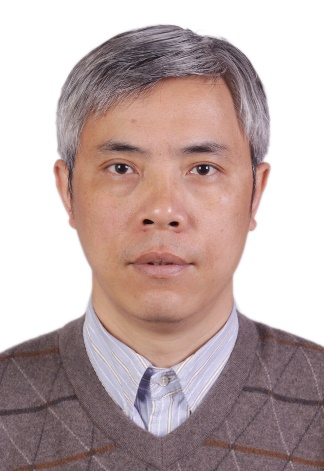
搜索网站、位置和人员

新闻与活动 活动信息
生命科学专题学术讲座 | Haiyan Liu: The SCUBA and ABACUS data-driven models for de novo protein design
时间
2022年8月2日星期二
14:00-15:30
地点
线上报告
主持
西湖大学生命科学学院PI 卢培龙
受众
全体师生
分类
学术与研究
生命科学专题学术讲座 | Haiyan Liu: The SCUBA and ABACUS data-driven models for de novo protein design
时间:8月2日星期二14:00-15:30
Time:2:00-3:30 PM,Tues., Aug. 2nd,2022
主持人:西湖大学生命科学学院特聘研究员 卢培龙
Host:Dr. Peilong Lu, PI of School of Life Sciences
在线会议:Zoom ID 381 987 0112
Online Meeting: Zoom ID 381 987 0112
主讲嘉宾/Speaker:

Dr. Haiyan Liu, School of Life Sciences, University of Sciences and Technology of China
Haiyan Liu is a Chair Professor at School of Life Sciences, University of Science and Technology of China (USTC). He received his BSc degree in 1990 and phD degree in 1996, both from USTC. From 1993 to 1995, he studied in the Laboratory of Physical Chemistry of ETH-Zurich as a visiting graduate student. From 1998 to 2000, he worked as a postdoctoral research associate, first at Duke University, and then jointly at Duke and UNC Chapel Hill. In 2001, he received the Chinese National Science Fund for Outstanding Young Scholars, and became a Professor at School of Life Sciences, USTC. The main research interests of Haiyan Liu are computational protein design and computational modeling of protein structures and dynamics.
讲座摘要/Abstract:
Computational protein design holds great promise for various applications from the development of novel therapeutics to the invention of new bio-catalysts. Recently, data-driven computational approaches to protein design have taken shape as being more robust and more efficient than conventional physics-based methods. I will present two data-driven models: one named SCUBA, which is for designing protein backbones using neural network energy functions, and the other named ABACUS-R, which is for designing amino acid sequences for given backbones using deep learning. The SCUBA energy function is composed of neural networks (NNs), which have been learnt to faithfully capture the complex, high-order correlations in the high-dimensional space of backbone conformations. Backbone structures of high designability—meaning that a substantial number of amino acid sequences autonomously fold into these structures—could be obtained (through sampling/optimization) as low-lying minima on the SCUBA energy landscape. We solved several crystal structures of SCUBA-designed de novo proteins. Some of these proteins are of overall architectures not yet observed in nature, which exemplifies that SCUBA can facilitate far-reaching exploration of the space of designable backbones. In the ABACUS-R method, an encoder-decoder network trained with a multi-task learning strategy is used to predict the sidechain type of a central residue from its 3D local environment. Iterative application of this encoder-decoder to different central residues of a designable target backbone leads to self-consistent overall sequences. In wet experiments examining de novo sequences designed on several natural backbones, ABACUS-R surpassed state-of-the-art energy function-based methods in both success rate and design precision.
联系人/Contact:
生命科学学院
于文越 yuwenyue@westlake.edu.cn

















